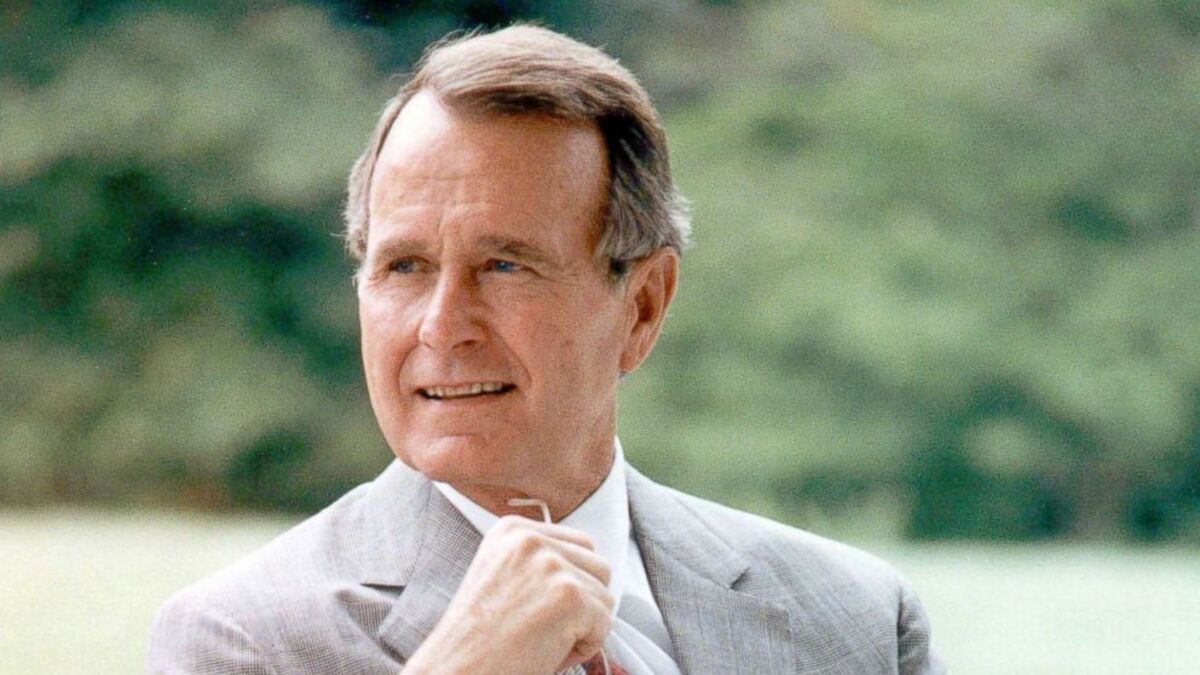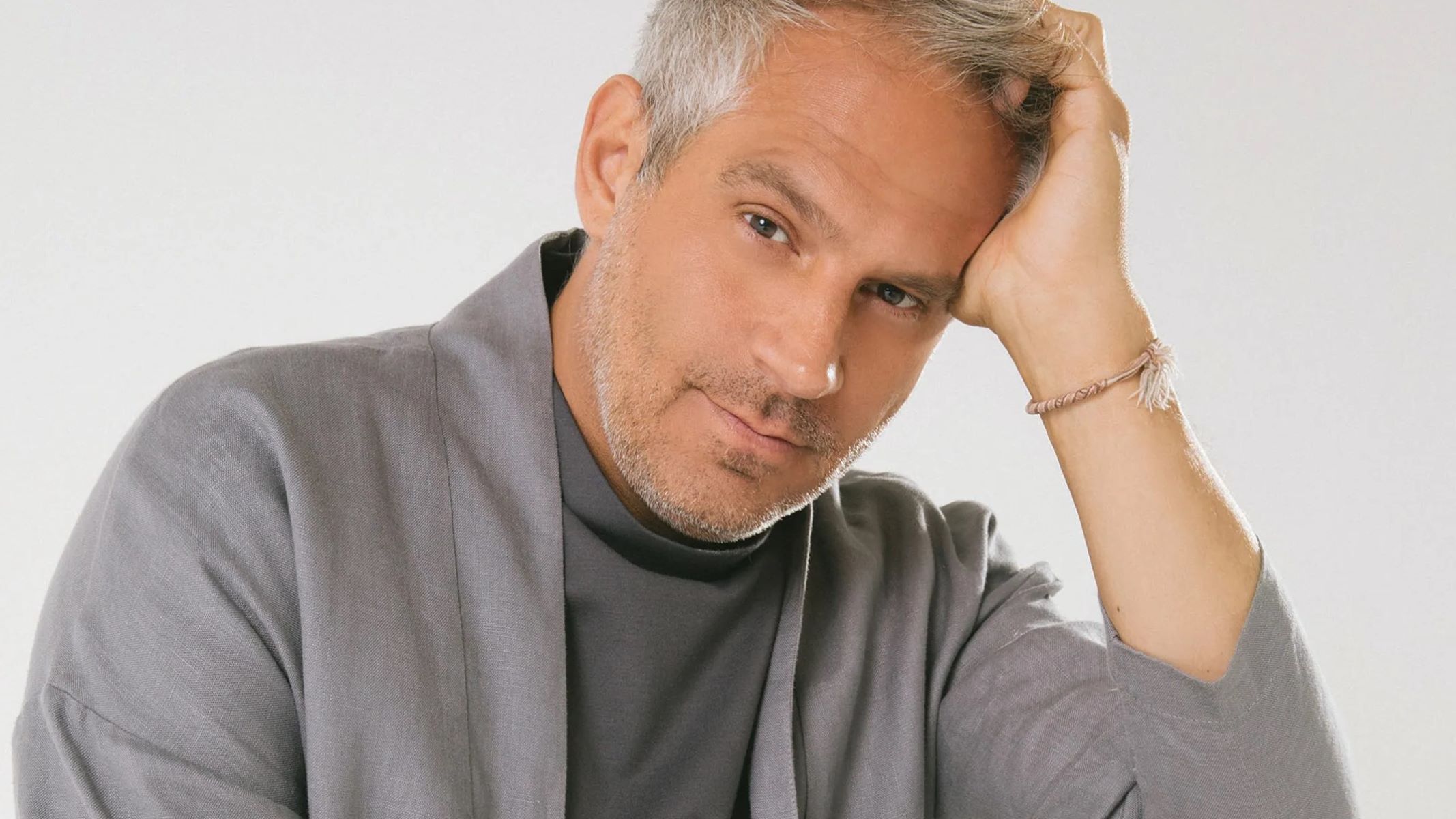
George H.W. Bush, the 41st President of the United States, led a life filled with remarkable achievements and intriguing moments. Born on June 12, 1924, in Milton, Massachusetts, he served as a naval aviator during World War II, making him one of the youngest pilots in the Navy. Bush's political career began with his election to the House of Representatives in 1966. He later held significant roles such as U.S. Ambassador to the United Nations, Director of the CIA, and Vice President under Ronald Reagan. His presidency, from 1989 to 1993, witnessed pivotal events like the end of the Cold War and the Gulf War. Did you know he also celebrated his 75th, 80th, 85th, and 90th birthdays by skydiving? Dive into these 50 fascinating facts about George H.W. Bush to learn more about his extraordinary life and legacy.
Early Life and Education
George H.W. Bush, the 41st President of the United States, had a fascinating journey from his early years to the White House. Let's explore some intriguing facts about his early life and education.
- Born on June 12, 1924, in Milton, Massachusetts, George Herbert Walker Bush was the second son of Prescott Sheldon Bush and Dorothy Walker Bush.
- His nickname as a child was "Poppy," a name given by his mother.
- Bush attended Phillips Academy in Andover, Massachusetts, where he excelled in sports and was the captain of the baseball and soccer teams.
- After graduating from Phillips Academy in 1942, he enlisted in the U.S. Navy on his 18th birthday, becoming one of the youngest aviators in Navy history.
- Bush flew 58 combat missions during World War II and was awarded the Distinguished Flying Cross for bravery after being shot down by Japanese forces.
Military Service
Bush's military service during World War II was a defining period in his life. Here are some key facts about his time in the Navy.
- He served as a torpedo bomber pilot in the Pacific Theater.
- On September 2, 1944, Bush's plane was hit by anti-aircraft fire during a mission over the Bonin Islands. Despite the damage, he completed his mission before bailing out.
- He was rescued by the USS Finback, a submarine, after floating in the ocean for several hours.
- Bush's squadron was known as VT-51, and they operated from the aircraft carrier USS San Jacinto.
- He received three Air Medals for his service in addition to the Distinguished Flying Cross.
College and Early Career
After his military service, Bush pursued higher education and began his career. Here are some notable facts from this period.
- Bush attended Yale University, where he was a member of the Skull and Bones secret society.
- He graduated from Yale in 1948 with a degree in economics.
- While at Yale, Bush was the captain of the varsity baseball team and played in the first two College World Series.
- After college, he moved to West Texas to enter the oil business, starting as an equipment clerk for Dresser Industries.
- In 1951, Bush co-founded the Bush-Overbey Oil Development Company, marking the beginning of his successful career in the oil industry.
Political Career
Bush's political career spanned several decades and included various significant roles. Let's delve into some key facts about his political journey.
- Bush's first foray into politics was in 1964 when he ran for the U.S. Senate from Texas but lost to the incumbent Democrat Ralph Yarborough.
- In 1966, he was elected to the U.S. House of Representatives, representing Texas's 7th congressional district.
- He served two terms in the House before running for the Senate again in 1970, losing to Lloyd Bentsen.
- President Richard Nixon appointed Bush as the U.S. Ambassador to the United Nations in 1971.
- From 1973 to 1974, Bush served as the Chairman of the Republican National Committee during the Watergate scandal.
Vice Presidency
Bush's tenure as Vice President under Ronald Reagan was marked by significant events and responsibilities. Here are some noteworthy facts from his time as Vice President.
- Bush served as Vice President from 1981 to 1989, making him the first Vice President to serve two full terms since John Nance Garner.
- He chaired the Presidential Task Force on Regulatory Relief, which aimed to reduce government regulations.
- Bush played a key role in the administration's foreign policy, including efforts to combat international terrorism.
- He was involved in the response to the Iran-Contra affair, a political scandal involving the secret sale of arms to Iran.
- Bush's vice presidency saw the strengthening of U.S. relations with China and the Soviet Union.
Presidency
Bush's presidency from 1989 to 1993 was a period of significant global change. Here are some important facts about his time in office.
- Bush was inaugurated as the 41st President of the United States on January 20, 1989.
- His presidency saw the end of the Cold War and the fall of the Berlin Wall in 1989.
- Bush led a coalition of nations in the Gulf War to liberate Kuwait from Iraqi occupation in 1991.
- He signed the Americans with Disabilities Act (ADA) into law in 1990, prohibiting discrimination based on disability.
- Bush also signed the Clean Air Act Amendments of 1990, which aimed to reduce air pollution and acid rain.
Post-Presidency
After leaving office, Bush remained active in public life and engaged in various humanitarian efforts. Here are some facts about his post-presidency years.
- Bush and former President Bill Clinton formed a close friendship and collaborated on several humanitarian projects, including disaster relief efforts.
- In 2005, Bush and Clinton raised funds for victims of the Indian Ocean tsunami and Hurricane Katrina.
- Bush celebrated his 75th, 80th, 85th, and 90th birthdays by skydiving, demonstrating his adventurous spirit.
- He received the Presidential Medal of Freedom, the nation's highest civilian honor, in 2011.
- Bush's presidential library, the George Bush Presidential Library and Museum, is located on the campus of Texas A&M University in College Station, Texas.
Personal Life
Bush's personal life was marked by his strong family values and dedication to public service. Here are some personal facts about him.
- Bush married Barbara Pierce on January 6, 1945, and they remained married for 73 years until her death in 2018.
- The couple had six children: George, Robin, Jeb, Neil, Marvin, and Dorothy.
- Their daughter Robin died of leukemia at the age of three, a tragedy that deeply affected the family.
- Bush was an avid letter writer, often sending handwritten notes to friends, family, and colleagues.
- He enjoyed outdoor activities such as fishing, golfing, and boating, often spending time at the family home in Kennebunkport, Maine.
Legacy
Bush's legacy is remembered for his leadership, diplomacy, and commitment to service. Here are some final facts about his lasting impact.
- Bush's presidency is often credited with managing the peaceful end of the Cold War and fostering a new era of U.S.-Soviet relations.
- He established the Points of Light Foundation to promote volunteerism and community service.
- Bush's Thousand Points of Light initiative recognized individuals and organizations making a difference in their communities.
- His foreign policy achievements include the signing of the Strategic Arms Reduction Treaty (START) with the Soviet Union in 1991.
- Bush's legacy is also marked by his emphasis on public service, inspiring future generations to engage in civic activities.
Final Years
In his final years, Bush continued to be a respected figure in American politics and society. Here are some facts about his later life.
- Bush suffered from vascular parkinsonism, a condition that limited his mobility in his later years.
- Despite his health challenges, he remained active in public appearances and charitable activities.
- He passed away on November 30, 2018, at the age of 94, making him the longest-lived U.S. president at the time.
- Bush was laid to rest at the George Bush Presidential Library alongside his wife Barbara and daughter Robin.
- His funeral was attended by dignitaries from around the world, reflecting the global respect and admiration he earned throughout his life.
Reflecting on George H.W. Bush's Legacy
George H.W. Bush's life was full of remarkable achievements and contributions. From his service as a Navy pilot in World War II to his tenure as the 41st President of the United States, his dedication to public service was unwavering. Bush's leadership during pivotal moments, like the end of the Cold War and the Gulf War, showcased his ability to navigate complex global issues. His commitment to volunteerism and community service, embodied in his "Points of Light" initiative, continues to inspire. Bush's legacy is a testament to his belief in the power of unity and service. His impact on American history remains significant, reminding us of the importance of leadership, integrity, and compassion. As we reflect on his life, we appreciate the lasting contributions he made to the nation and the world.
Was this page helpful?
Our commitment to delivering trustworthy and engaging content is at the heart of what we do. Each fact on our site is contributed by real users like you, bringing a wealth of diverse insights and information. To ensure the highest standards of accuracy and reliability, our dedicated editors meticulously review each submission. This process guarantees that the facts we share are not only fascinating but also credible. Trust in our commitment to quality and authenticity as you explore and learn with us.


